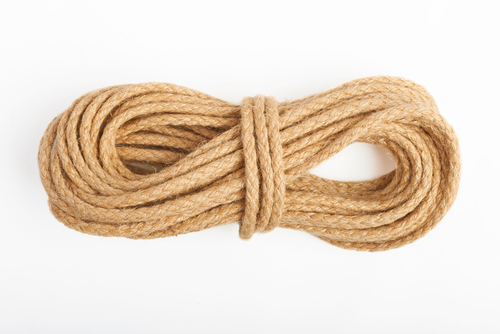
Improperly stored or looked-after ropes not only become tangled and messy, they also get dirty, which will clog up the fibres with dust, debris and even salt deposits if you're in a marine environment. Over time, as your rope becomes embedded with dirt, or is exposed to harsh UV radiation, the fibres can weaken and the strength properties begin to diminish.
In harsher environments, however, corrosive chemicals and hazardous materials can do much more serious damage if they come in contact with your rope.
At Rope Warehouse, we want you to get a handle on rope storage, giving you the very best methods and conditions required to make sure your ropes stay in peak condition.
What Are The Best Conditions To Store Rope?
If you're not going to be using rope for a while, we suggest washing it in mild soap and fresh water, before air-drying completely and away from direct sunlight.
Once the rope is dry - or alternatively, if you've just bought a fresh new rope - store it in a cool, dry and dark location that won't be susceptible to damp or wildly fluctuating temperatures. First and foremost, we suggest you keep your rope indoors, covered and off the ground; so make sure you keep rope stored flat in something like a tote bag or storage box, or alternatively you can look to hang it up.
Make sure that your rope is far away from damp, moisture, dirt, salt deposits, harsh cleaning products or hazardous chemicals. Also ensure that your rope is not only away from direct sunlight but completely out of view of all sunlight throughout the day.
What Is The Best Method For Storing Rope?
The Figure 8 tying method is one of the most popular ways to prepare your rope for storage. For this method, make sure your rope is knotted at each end to protect against fraying.
